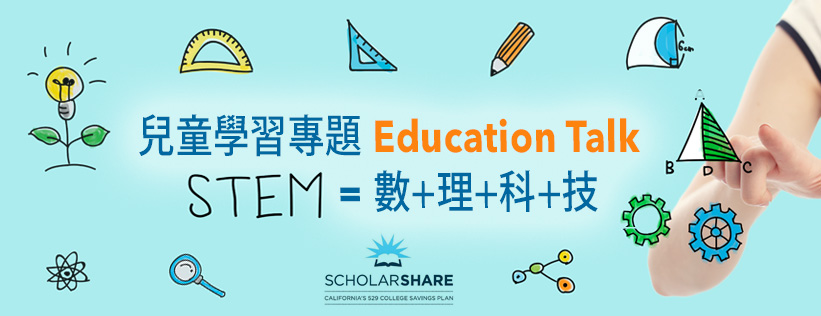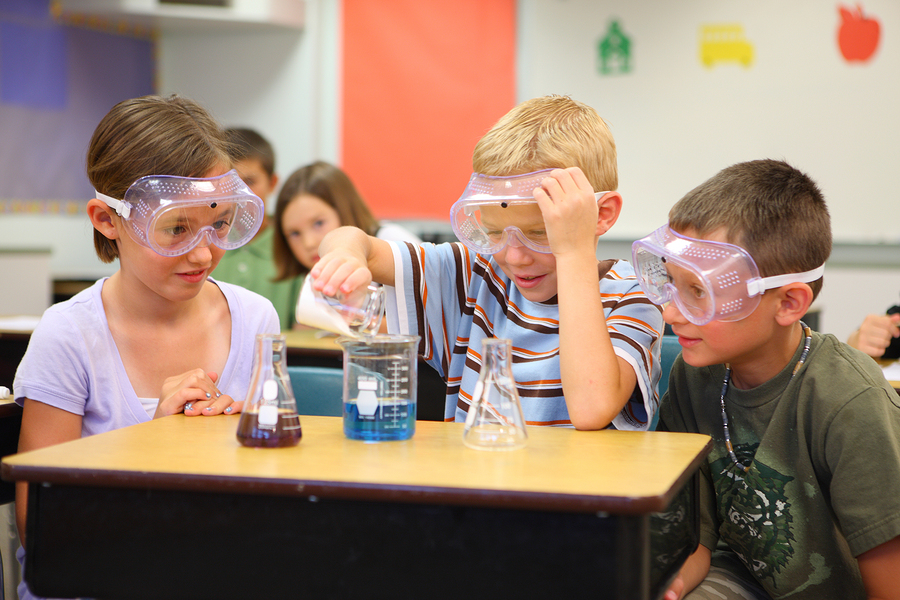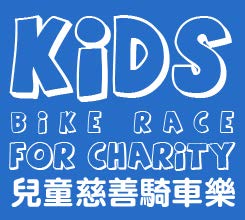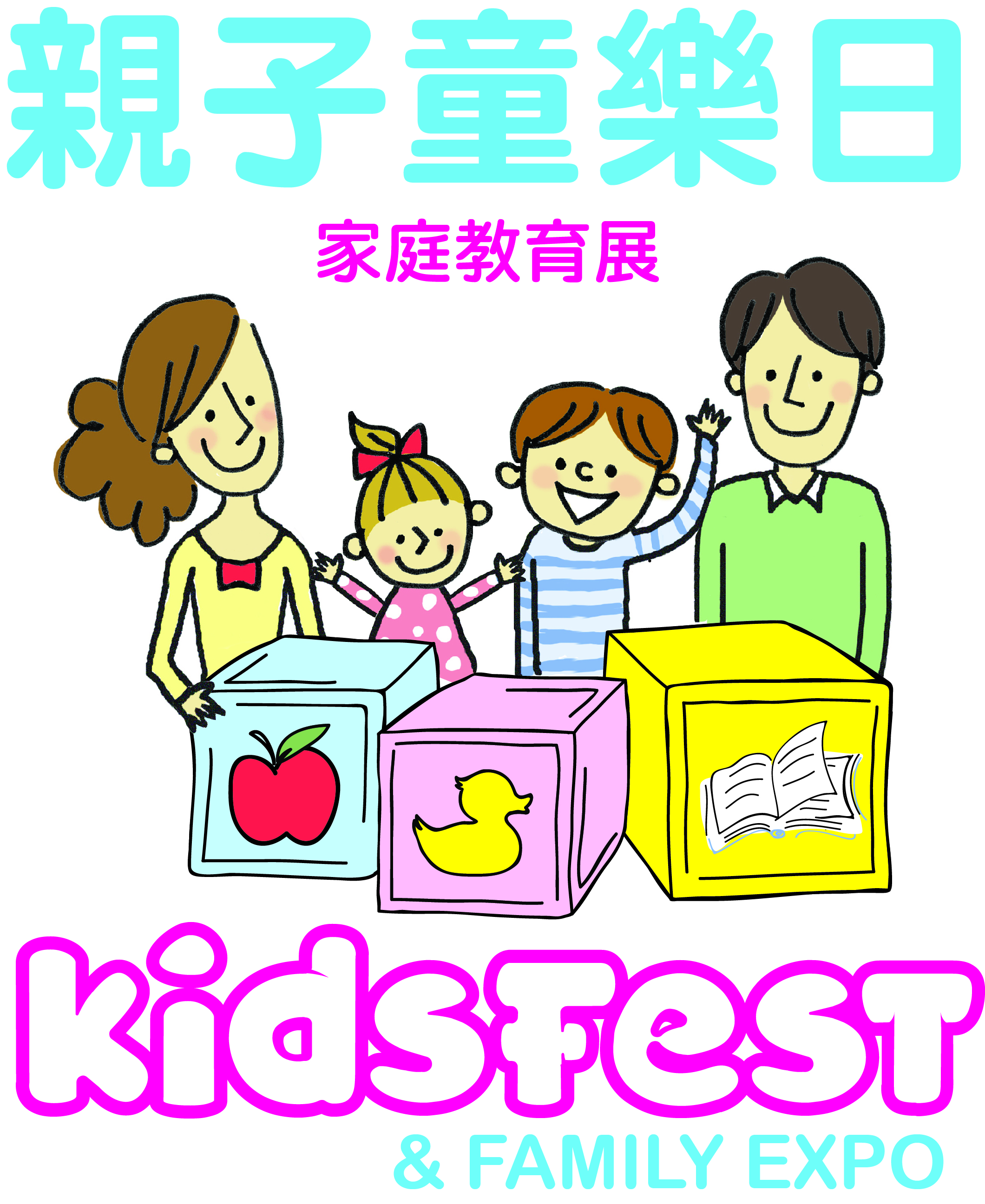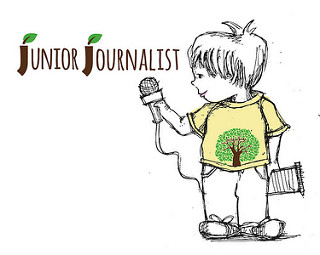【丫丫專題】兒童學習 Education Talk ~~ S.T.E.M. = 數+理+科+技
第一篇~~美國的國家 STEM 教育政策
在越來越複雜的現今社會,新一代學生的成功將不再取決於在學校所學,而是注重如何將知識靈活認用及開發新創意,所以解決問題的分析力和行動力都變得更重要,而創新和發明的基礎在「STEM」,也就是科學(Science)、科技(Technology)、工程(Engineering)及數學(Mathematics)等領域。
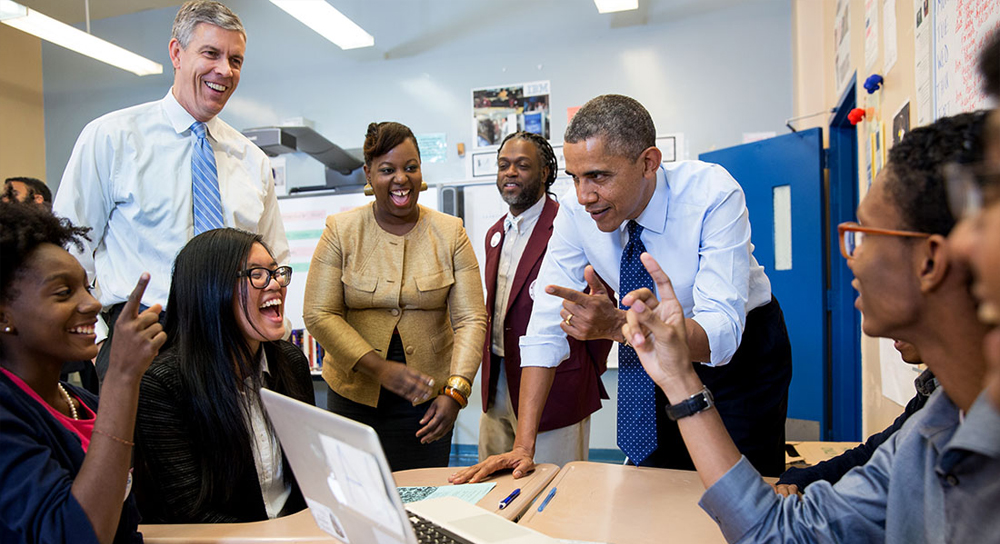 根據美國聯邦教育部統計,未來十年需求最多的工作機會都和 STEM 相關。Horizon Media 趨勢觀察部門副總監 Kirk Olson 指出:「科學和數學一向都是學科的核心科目,但很多科學的影響力,需要透過科技和工程,才能實現。」2015年,Horizon Media 公佈一份針對3000人的網路調查,86%受訪者認為「現今世代會用電腦跟會讀會寫一樣重要」;76% 認為「未來最好的工作都需要懂電腦程式語言」;65% 甚至覺得「讓學生學程式語言比第二外語還要重要」。
根據美國聯邦教育部統計,未來十年需求最多的工作機會都和 STEM 相關。Horizon Media 趨勢觀察部門副總監 Kirk Olson 指出:「科學和數學一向都是學科的核心科目,但很多科學的影響力,需要透過科技和工程,才能實現。」2015年,Horizon Media 公佈一份針對3000人的網路調查,86%受訪者認為「現今世代會用電腦跟會讀會寫一樣重要」;76% 認為「未來最好的工作都需要懂電腦程式語言」;65% 甚至覺得「讓學生學程式語言比第二外語還要重要」。
去年十月,美國國會更通過了《2015 STEM 教育法案》,讓全國中小學生在學校學習程式語言。歐巴馬總統也提出「教育創新」十年計畫,編列預算四億美元,培養、訓練十萬名STEM老師,提升美國學生的科學和數學的能力,透過動手做的實際任務,整合知識,讓科學更有趣實用。
而近年來,因為「跨領域」概念的盛行,「STEM」的趨勢也開始被注入藝術 (Art) 的概念,「STEM」轉變成為「STEAM」,鼓勵大眾將理工相關領域結合人類對美的嚮往,進而創造出前所未有、讓人驚嘆的新事物。
丫丫園地將在未來三個月推出一連串的專題文章,為家長們介紹有關STEM 這個重要課題的實用資訊,請大家密切留意!
“[Science] is more than a school subject, or the periodic table, or the properties of waves. It is an approach to the world, a critical way to understand and explore and engage with the world, and then have the capacity to change that world…"
— President Barack Obama, March 23, 2015
 The United States has developed as a global leader, in large part, through the genius and hard work of its scientists, engineers, and innovators. In a world that’s becoming increasingly complex, where success is driven not only by what you know, but by what you can do with what you know, it’s more important than ever for our youth to be equipped with the knowledge and skills to solve tough problems, gather and evaluate evidence, and make sense of information. These are the types of skills that students learn by studying science, technology, engineering, and math—subjects collectively known as STEM.
The United States has developed as a global leader, in large part, through the genius and hard work of its scientists, engineers, and innovators. In a world that’s becoming increasingly complex, where success is driven not only by what you know, but by what you can do with what you know, it’s more important than ever for our youth to be equipped with the knowledge and skills to solve tough problems, gather and evaluate evidence, and make sense of information. These are the types of skills that students learn by studying science, technology, engineering, and math—subjects collectively known as STEM.
Yet today, few American students pursue expertise in STEM fields—and we have an inadequate pipeline of teachers skilled in those subjects. That’s why President Obama has set a priority of increasing the number of students and teachers who are proficient in these vital fields.
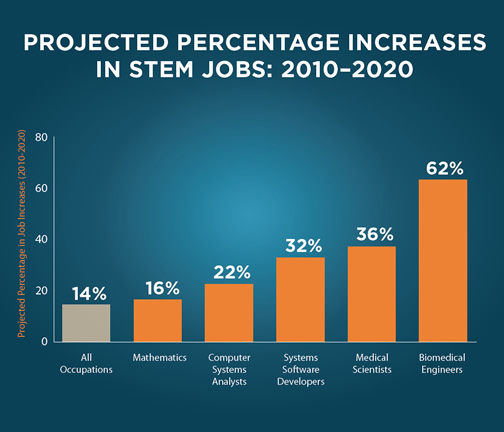
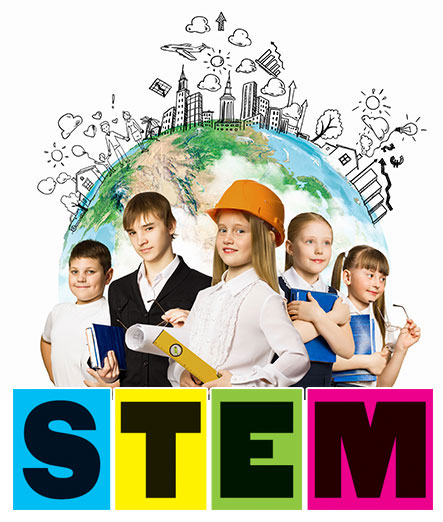 The need 需求
The need 需求
這是一個所有下一代與家長都應該準備深思熟慮的話題,因為將來都是下一代去延續我們的社會。社會非常需要創新者、教育家、研究人員和領導人。 但是,現在我們的青年沒有足夠的機會獲得高質量的STEM學習機會,大部分學生並不認為 STEM學科是他們將來獲得職業成功的跳板。
All young people should be prepared to think deeply and to think well so that they have the chance to become the innovators, educators, researchers, and leaders who can solve the most pressing challenges facing our nation and our world, both today and tomorrow. But, right now, not enough of our youth have access to quality STEM learning opportunities and too few students see these disciplines as springboards for their careers.
For example, we know that only 81 percent of Asian-American high school students and 71 percent of white high school students attend high schools where the full range of math and science courses are offered (Algebra I, geometry, Algebra II, calculus, biology, chemistry, and physics). The access to these courses for American Indian, Native-Alaskan, black, and Hispanic high school students are significantly worse. Children’s race, zip code, or socioeconomic status should never determine their STEM fluency. We must give all children the opportunity to be college-ready and to thrive in a modern STEM economy.
We also know that only 16 percent of American high school seniors are proficient in math and interested in a STEM career. Even among those who do go on to pursue a college major in the STEM fields, only about half choose to work in a related career. The United States is falling behind internationally, ranking 29th in math and 22nd in science among industrialized nations. What’s more, a recent survey revealed that only 29 percent of Americans rated this country’s K-12 education in STEM subjects as above average or the best in the world. In our competitive global economy, this situation is unacceptable.
The goals 目標
美國學生需要在科學和數學方面更進一步,為未來的自己加油!
President Obama has articulated a clear priority for STEM education: within a decade, American students must “move from the middle to the top of the pack in science and math." The Obama Administration also is working toward the goal of fairness between places, where an equitable distribution of quality STEM learning opportunities and talented teachers can ensure that all students have the chance to study and be inspired by science, technology, engineering, and math—and have the chance to reach their full potential.
Specifically, the President has called on the nation to develop, recruit, and retain 100,000 excellent STEM teachers over the next 10 years. He also has asked colleges and universities to graduate an additional 1 million students with STEM majors.
These improvements in STEM education will happen only if Hispanics, African-Americans, and other underrepresented groups in the STEM fields—including women, people with disabilities, and first-generation Americans—robustly engage and are supported in learning and teaching in these areas.
The plan 計劃
為了讓下一代有更好的學術發展,政府已經實施了一連串的推行 STEM 政策,包括:
1)改進學前班至12年級的STEM教學
2)增加及維持社會對 STEM的參與
3)提高本科生的 STEM 經驗
4)為在過往於 STEM 範疇內缺席的社群提供更多參與的途徑
5)為明日的STEM 工作需求設計出更優良的研究生課程
The Committee on STEM Education (CoSTEM), comprised of 13 agencies—including all of the mission-science agencies and the Department of Education—are facilitating a cohesive national strategy, with new and repurposed funds, to increase the impact of federal investments in five areas: 1.) improving STEM instruction in preschool through 12th grade; 2.) increasing and sustaining public and youth engagement with STEM; 3.) improving the STEM experience for undergraduate students; 4.) better serving groups historically underrepresented in STEM fields; and 5.) designing graduate education for tomorrow’s STEM workforce.
Coordinated efforts to improve STEM education are outlined in the federal, 5-year Strategic Plan for STEM Education and concentrate on improving the delivery, impact, and visibility of STEM efforts. Additionally, the Department of Education, the National Science Foundation, and the Smithsonian Institution are leading efforts to improve outcomes for traditionally underrepresented groups.
Supporting Teachers and Students in STEM 老師與學生的支持
美國政府希望老師及學生們可以全力支持與配合STEM計劃。丫丫將在有一個月的專家談論STEM的重要性。
At the Department of Education, we share the President’s commitment to supporting and improving STEM education. Ensuring that all students have access to high-quality learning opportunities in STEM subjects is a priority, demonstrated by the fact that dozens of federal programs have made teaching and learning in science, technology, engineering, and math a critical component of competitiveness for grant funding. Just this year, for the very first time, the Department announced that its Ready-to-Learn Television grant competition would include a priority to promote the development of television and digital media focused on science.
The Department’s Race to the Top-District program supports educators in providing students with more personalized learning—in which the pace of and approach to instruction are uniquely tailored to meet students’ individual needs and interests—often supported by innovative technologies. STEM teachers across the country also are receiving resources, support, training, and development through programs like Investing in Innovation (i3), the Teacher Incentive Fund, the Math and Science Partnerships program, Teachers for a Competitive Tomorrow, and the Teacher Quality Partnerships program.
Because we know that learning happens everywhere—both inside and outside of formal school settings—the Department’s 21st Century Community Learning Centers program is collaborating with NASA, the National Park Service, and the Institute of Museum and Library Services to bring high-quality STEM content and experiences to students from low-income, high-need schools. This initiative has made a commitment to Native-American students, providing about 350 young people at 11 sites across six states with out-of-school STEM courses focused on science and the environment.
And in higher education, the Hispanic-Serving Institutions-STEM program is helping to increase the number of Hispanic students attaining degrees in STEM subjects.
This sampling of programs represents some of the ways in which federal resources are helping to assist educators in implementing effective approaches for improving STEM teaching and learning; facilitating the dissemination and adoption of effective STEM instructional practices nationwide; and promoting STEM education experiences that prioritize hands-on learning to increase student engagement and achievement.

